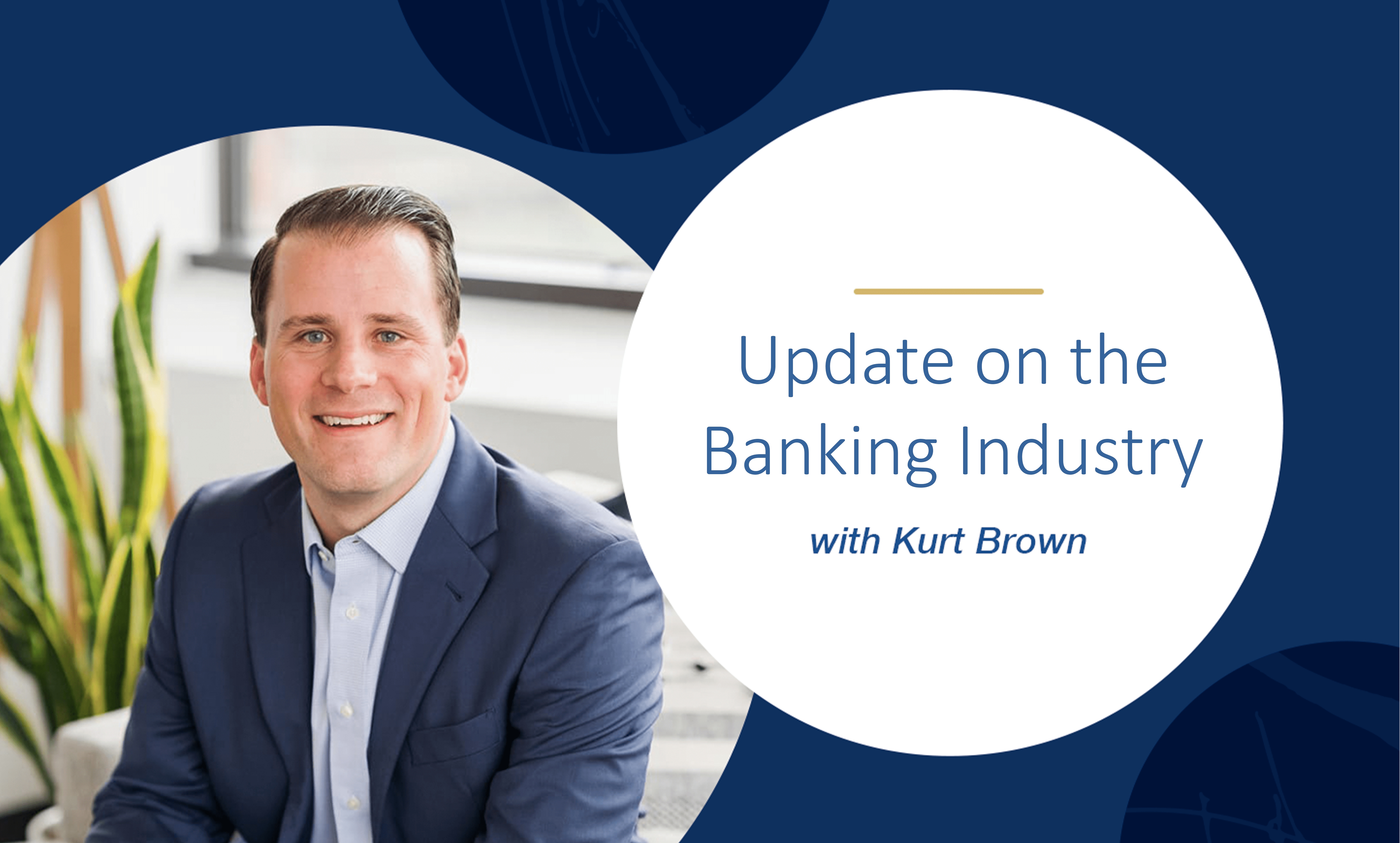
Headlines today are dominated by Silicon Valley Bank’s (SVB) collapse and bank run today. We wanted to provide some initial context to this incredibly fluid situation with what we’ve learned so far before we left.
What happened and why?
SVB was a unique bank that had grown to the 16th largest in the country, but only had a few physical branches. Their specialty was with the venture capitalist, start-up and private equity spaces. Their deposit base quadrupled over the last five years and they couldn’t loan it back out quick enough. They made the mistake of choosing to invest a large portion of this into longer duration high quality bonds, such as 10+ year US Treasuries and mortgages at rates less than 2%. As the Federal Reserve shifted their stance and drastically hiked interest rates this past year, their bond portfolio prices declined in value, in many cases dramatically.
Let’s review a simplified example to better understand this issue. Assume you purchase a 15 year US Treasury bond at 1.5% guaranteed interest in 2020. If you hold the bond for the total 15 years, you would receive your principal back, plus 1.5% annual interest. However, the price of your bond will change day-to-day with the prevailing interest rate environment. Fast forward to 2023 where short-term US Treasuries are paying closer to 5%. In this environment, investors will not want to purchase your bond only paying 1.5% interest when they can get a 5% bond in the market. Your bond price could be 25-30% lower here to account for the lower yield. If you held it for the full 15 years, you would receive all of your money, plus 1.5% annual interest. But if you needed to sell it now to buy a car, or to give money back to a depositor in SVB’s case, you would need to sell at a significant loss.
SVB attempted to raise capital late last week to shore up their balance sheet, but this spooked their deposit base and a run on the bank quickly followed. They had an abnormally high proportion of their deposit base that exceeded the FDIC protection levels and as a result, a supposed $40B of deposits fled on Thursday and Friday leaving SVB insolvent. Two other banks, Signature and Silvergate, were also deemed insolvent for the similar reasons, along with their cryptocurrency exposure.
What is the government response?
Federal regulators announced emergency measures last night to guarantee all depositors with money at SVB and Signature, rather than the standard $250,000 in insured deposits. This was not a bailout of the shareholders or the company executives, but a bailout of the deposit holders. According to JPMorgan’s Dr. David Kelly, “this is what’s best for the economy and the integrity of the financial system.”
The Federal Reserves also opened a bank term lending facility that is designed to operate as a backstop to the systems and help prevent forced selling of these longer duration bonds. The government has confirmed taxpayers will not be paying for this.
What does this mean going forward?
These events are quickly evolving, but the regulators decision to step in for the depositors has helped ease some concerns of contagion. These might not be the only shoes to drop, but this is not the same scenario as 2008. Back then, very opaque, complex securities with losses were sitting on bank balance sheets. In this case, the losses in question are due to the most transparent securities, US Treasury bonds for obvious reasons – rapidly rising interest rates. This makes it much quicker and easier for the regulators to assess exposures and losses.
Time will tell, but we wouldn’t be surprised to see the Federal Reserve slow their pace of rate hikes as a result of these events. Markets had anticipated another 1% – 1.5% increases before year-end, but this may now be closer to 0.25% – 0.5%.
Sweeping regulation changes to the financial sector will likely be coming soon. Market experts are predicting this to cause some near-term pressure on financial stocks, especially the regional and small banks as depositors and businesses shift their deposits to larger institutions.
This may also cause credit conditions to tighten in the banking industry and slow economic growth. Dr. Kelly suggested that “we are on the edge of a swamp, not a cliff.”
What should we do?
Volatility will likely be elevated as markets react to this news, but we recommend to maintain your diversified portfolios. We have been writing for a few years now to focus on shorter-term bonds that are less susceptible to rising interest rates and continue to believe this is the most appropriate area to park bonds in this environment. Also, monitor your personal cash balances. If you maintain more cash than the FDIC levels in any one bank, consider opening another bank account or purchase CDs from multiple institutions through your custodian, such as Charles Schwab. Feel free to also click here to read this Schwab update from Charles Schwab himself. Please call or email us with any of your thoughts or questions.
IMPORTANT DISCLOSURE INFORMATION: Please remember that past performance is no guarantee of future results. Different types of investments involve varying degrees of risk, and there can be no assurance that the future performance of any specific investment, investment strategy, or product (including the investments and/or investment strategies recommended or undertaken by PDS Planning, Inc. [“PDS”]), or any non-investment related content, made reference to directly or indirectly in this blog will be profitable, equal any corresponding indicated historical performance level(s), be suitable for your portfolio or individual situation, or prove successful. Due to various factors, including changing market conditions and/or applicable laws, the content may no longer be reflective of current opinions or positions. Moreover, you should not assume that any discussion or information contained in this blog serves as the receipt of, or as a substitute for, personalized investment advice from PDS. To the extent that a reader has any questions regarding the applicability of any specific issue discussed above to his/her individual situation, he/she is encouraged to consult with the professional advisor of his/her choosing. PDS is neither a law firm nor a certified public accounting firm and no portion of the blog content should be construed as legal or accounting advice. A copy of the PDS’ current written disclosure Brochure discussing our advisory services and fees is available for review upon request or at www.pdsplanning.com. Please Note: PDS does not make any representations or warranties as to the accuracy, timeliness, suitability, completeness, or relevance of any information prepared by any unaffiliated third party, whether linked to PDS’ web site or blog or incorporated herein, and takes no responsibility for any such content. All such information is provided solely for convenience purposes only and all users thereof should be guided accordingly. Please Remember: If you are a PDS client, please contact PDS, in writing, if there are any changes in your personal/financial situation or investment objectives for the purpose of reviewing/evaluating/revising our previous recommendations and/or services, or if you would like to impose, add, or to modify any reasonable restrictions to our investment advisory services. Unless, and until, you notify us, in writing, to the contrary, we shall continue to provide services as we do currently. Please Also Remember to advise us if you have not been receiving account statements (at least quarterly) from the account custodian.



